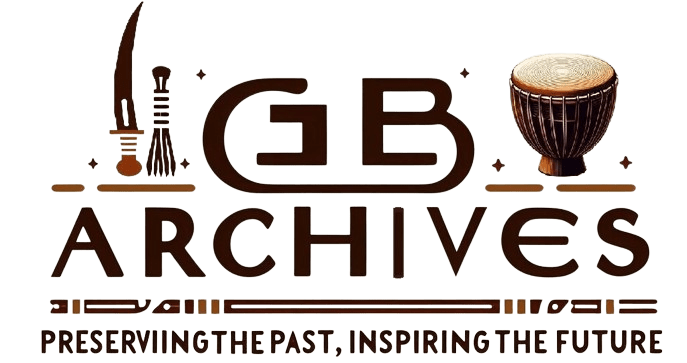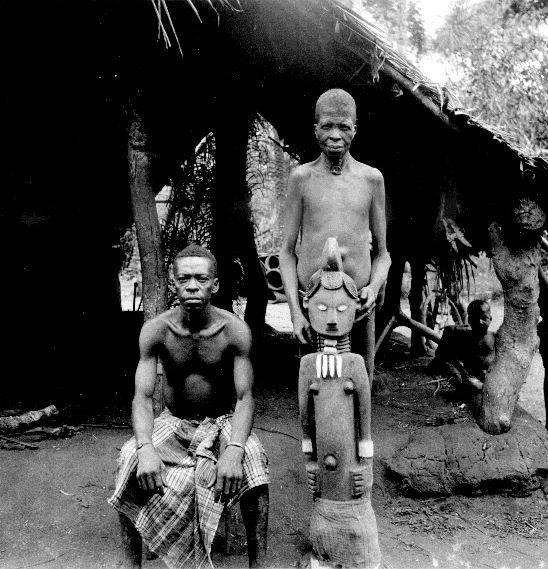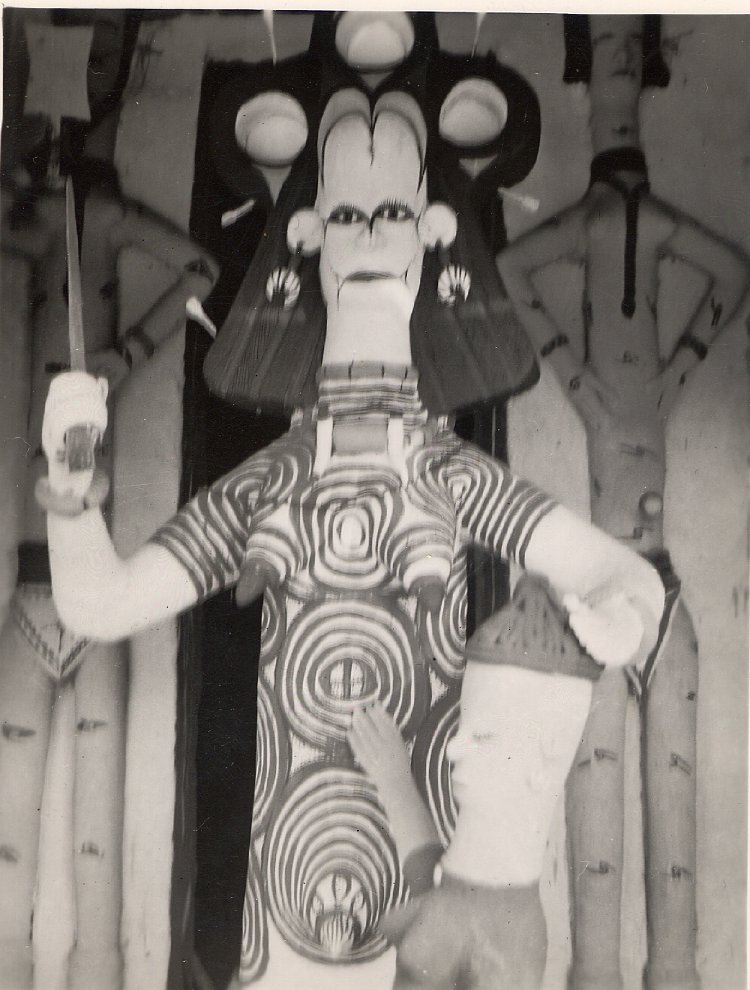
This sculpture, captured by William Fagg on February 28, 1946, and currently housed in the British Museum, depicts Ala, the Earth Mother, in Igbo spirituality. She holds a knife in her right hand and rests her left hand on the head of a smaller female figure, symbolizing her power and nurturing nature.
Explore Further
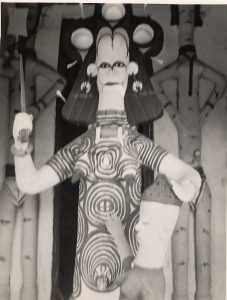 Cultural Insights
Cultural InsightsAla, also known as Ani, stands as the revered Earth Goddess in Igbo mythology. She embodies the earth’s fertility, morality, and creativity, playing a crucial role in Igbo cosmology. Her name, which translates to “land” in Igbo, signifies her deep connection to the earth and its bountiful fertility. As the giver of life and upholder […]
 Recommended Books
Recommended BooksBook Details Title: Mbari: Art and the Life Among the Owerri IgboAuthor: Herbert M. ColePublisher: Indiana University PressPublication Date: April 22, 1982Format: HardcoverPages: 292ISBN-10: 0253303974ISBN-13: 978-0253303974Language: English Author Profile Herbert M. Cole, affectionately known as Skip, is a professor emeritus and a revered figure in African art history. His extensive field research in Africa, spanning […]
Discover more from Igbo Archives
Subscribe to get the latest posts sent to your email.
